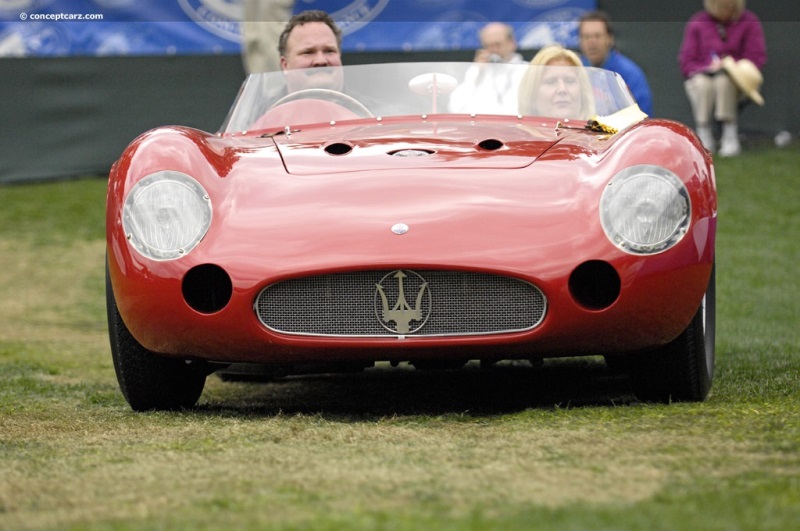The Maserati brothers of Bologna founded their racing car manufacturing company in 1926. One of the early customers was the Isotta-Fraschini Company where Alfieri and brothers Bindo and Ernesto worked as works driver, chief tester and riding mechanic respectively. The success of the Isotta-Fraschini race cars caught the attention of a Turin based firm of Diatto, who subsequently commissioned the Maserati brothers to design and built a two liter supercharged Grand Prix car. The newly designed race car was very fast and competitive against the current Alfa Romeo and FIAT team cars. After the Diatto company became insolvent, the racing cars and rights were given to the Maserati's and it re-appeared as the Tipo 26. This was the first car to wear the Maserati Trident badge, which had been copied from the statue of Neptune in Bologna's main square. Two weeks later, in early 1926, Alfieri and riding mechanic Guerrino Bertocchi won their class in the Targo Florio in their race. 
Roadster
Chassis #: 3057
Auction entries : 1During the later part of the 1920s, the Maserati brothers built roughly six to ten racing machines per year, with displacement sizes that ranged from 1.5 to 3 liters. The cars were well built and reliable, with precision workmanship that helped win many races. In 1930, alone, they won the Grand Prix of Italy, Spain, Pescara and Rome.The Maserati brothers built a variety of machines, from small capacity engines to a 16-cylinder powerplant, along with a 10-liter 32-cylinder engine with four cranks, four-superchargers and eight camshafts which produced over 700 horsepower. This engine was used to power a racing boat, which captured several work records. The Maserati company continued into the late 1930s, mainly surviving by building and selling four and six-cylinder Voiturette class racers for privateers. By 1937, the brothers sold their company to the Gruppo Orsi organization. After the brothers completed their service contracts in 1947/1948, they left and founded OSCA. Maserati continued its dedication to racing and competition, with road car production slowly emerging as a means to fund the passion. 
Roadster
Chassis #: 3062When World War II came to a close, Maserati resumed Grand Prix Racing with prewar based models like the 4CL and 4CLT. To remain in business, the company recognized the need to offer a supplemental product which could support the racing program. The Maserati brothers were given the task of creating the A6 1500 and A6 GCS series for the car-starved European public, however their ten year contract soon expired, and they left in 1947. The 2-liter Maserati A6GCS sports racing cars of the early 1950s were powered by six-cylinder, twin overhead camshaft engines and fitted in a chassis developed by engineer Vittorio Bellentani. They were relatively light, nimble, and offered good handling, helping them achieve much success in the smaller capacity classes, up to 2-liters. Maserati management turned their attention to larger capacity classes, and for 1954-1955 Vittorio Bellentani developed the 300S 3-liter 6-cylinder model. It combined the best attributes of the 2-liter A6GCS with those of the latest 2.5-liter Formula 1 Maserati 250F. Due to inadequate testing and preparation, the 250 F had been slow to dominate, but with continued development the 250 F won the 1957 Grand Prix World Championship. Piloted by legendary drivers such as Fangio, Musso, Shell, Behra, Gregory, and Moss, the 250 F's scored 21 podium finished with Stirling Moss finishing 2nd in the 1956 World Championship and then with Juan Manuel Fangio winning it in 1957. 
Roadster
Chassis #: 3062Despite the Grand Prix success, it was expensive. When the FIA World Sports Car Championship was announced, the Orsi's saw an opportunity for sales and service of customer sports cars. They entered this field with their 150 S, 200 S, 300 S, 350 S and the 4.5-liter 450 S two seater racing cars. Between 1955 to 1958, the company sold roughly 92 examples. Road going spyder and GT road cars, such as the second series A6 GCS, the 3500 GT, and the 5000 GT also provided financial stability. Produced between 1955 and 1959, at least 26 examples of the 300S sports-racing car were manufactured. They were built along three broad variants, with each one being more effective than its predecessors. At the time, the largest Maserati available was the 2.5-liter straight six found in the 250F. Competitors of this era were using larger and more powerful engines. So Maserati attempted to enlarge the stroke, resulting in a 2.8-liter displacement. This too, did not provide enough power. Unfortunately, this was the maximum size the block could handle, so the Maserati engineers began creating a larger version of the 250F motor. It retained the same 90mm stroke of the previous 2.8-liter engine, but had a wider 84mm bore. With a displacement size of nearly 3.0-liters, the all-aluminum engine with twin overhead camshafts with three 42mm Weber carburetors produced nearly 250 horsepower. The engine was mated to a transverse gearbox that was mounted in unit with the differential.The engine was installed in a space frame chassis comprised of small diameter oval and round tubes. The work was labor intensive, and after building the first frame, the later chassis were outsourced to Gilberto Colombo's company 'Gilco.' 
Roadster
Chassis #: 3062In the front were double wishbones with coil springs over dampers. In the back was a deDion axle with transverse semi-elliptic leaf springs and hydraulic dampers. Finned drum brakes provided the stopping power. The aluminum body was designed and constructed by Medardo Fantuzzi, who had also created the bodies for the A6GCS/53 and 250F. Of the first five examples built, three were sent to America for Briggs Cunningham. The first three cars were judged too flexible, so the following two cars received necessary modifications. The 300S sports-racers that followed were considered by many to be among the best handling cars at the track. At the 1955 Sebring 12 Hour race, three cars were campaigned by Briggs Cunningham and his clients, where they finished in third and fourth place. This would be among the highlights for the 300S during the 1955 season, which was often plagued with mechanical issues. Juan Manuel Fangio did secure a victory at the close of the season in the Venezuelan Grand Prix. 
Roadster
Chassis #: 3062In preparation for the 1956 season, the 300 S was given a longer and more aerodynamic front end. This seemed to work, as the 300S nearly won the 1956 Sports Car Championship. Bill Lloyd won the 1956 SCCA 'D'-modified Championship, the same year that Fangio, Moss, Behra and Musy earned 11 combined victories in major events, including a second place overall finish in the Targa Florio by Taruffi. Stirling Moss and Carlos Menditeguy won the season opening 1000km of Buenos Aires. Moss and Jean Behra also won the Nürburgring 1000 km. From 1956 to 1958, Stirling Moss won nine races, three second places, a third and a fifth with only two retirements. To be a contender for overall victory, the 300S required more power. Maserati experimented with a twelve cylinder engine, but later decided to focus on the 450S.The Maserati 300 S is considered one of the best handling front-engined sports cars ever produced, and they provided Maserati with the financial means necessary to continue the evolution of the Maserati sports racer, culminating with the Tipo 60/61 Birdcage just a few years later.
by Daniel Vaughan | Feb 2020
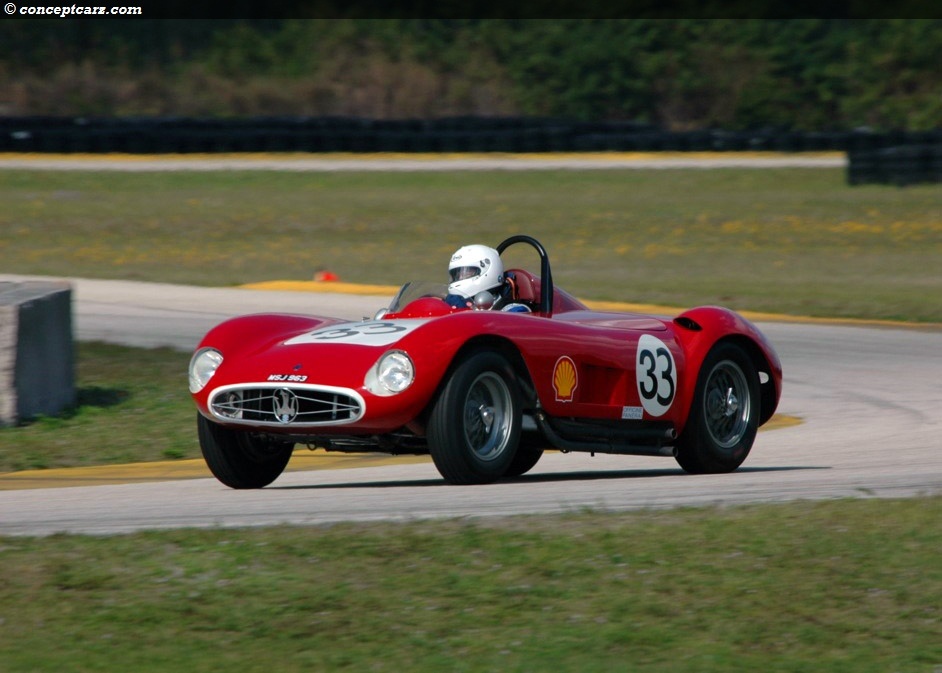
Roadster
Chassis #: 3057
Auction entries : 1
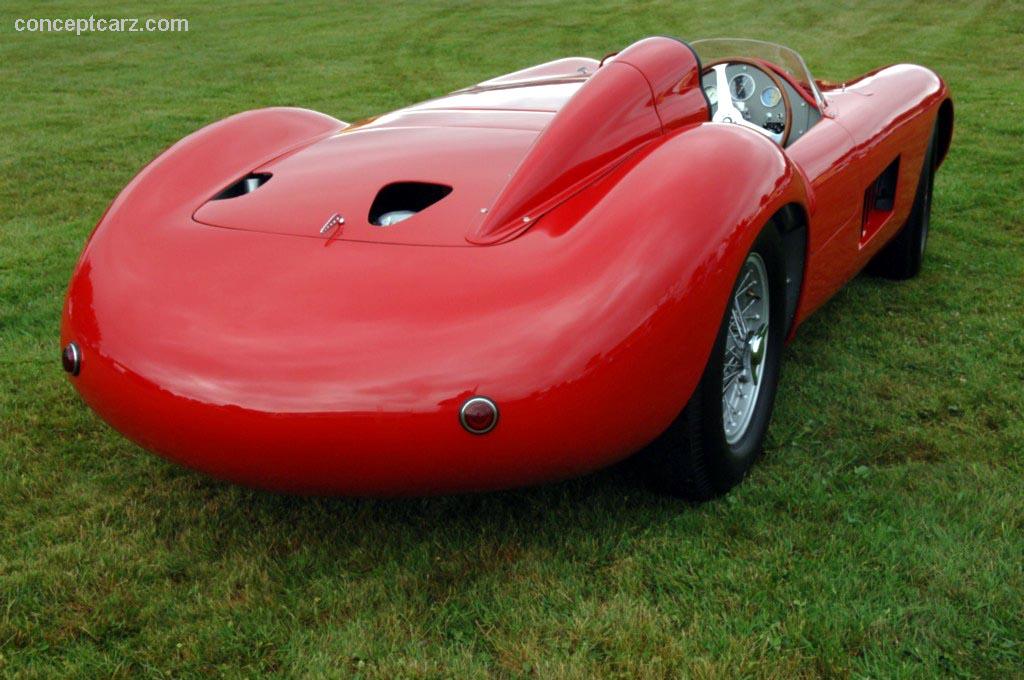
Roadster
Chassis #: 3062
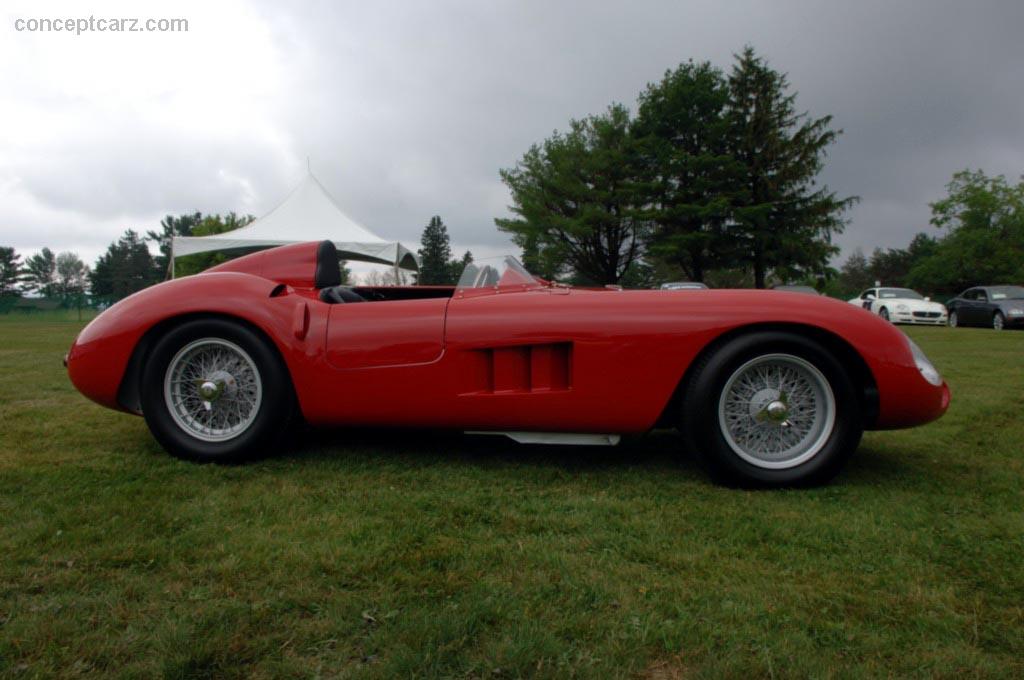
Roadster
Chassis #: 3062
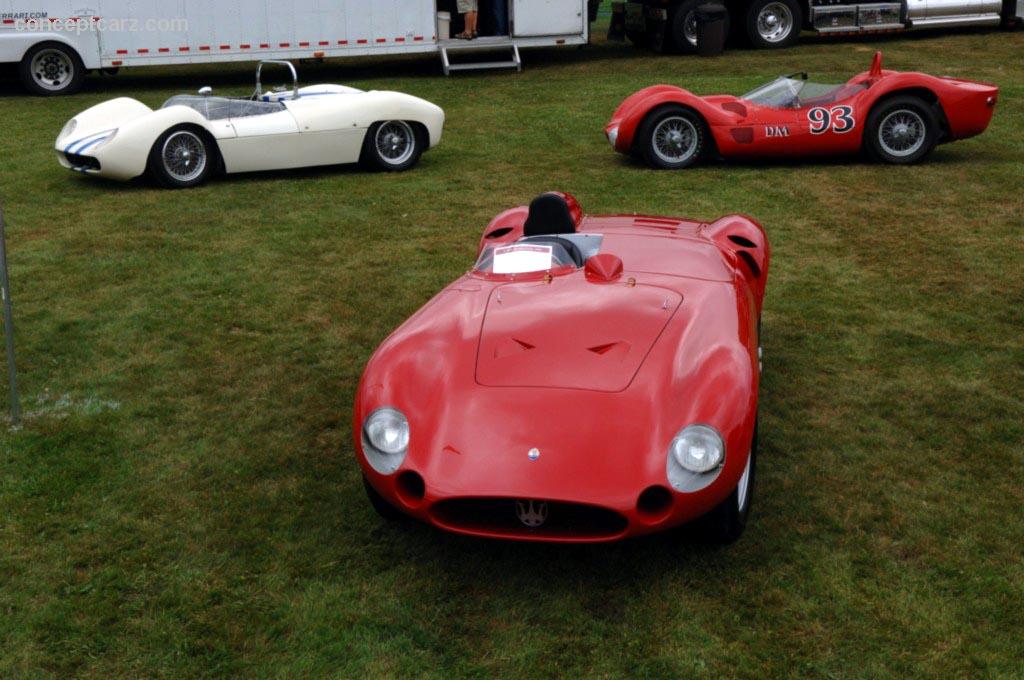
Roadster
Chassis #: 3062
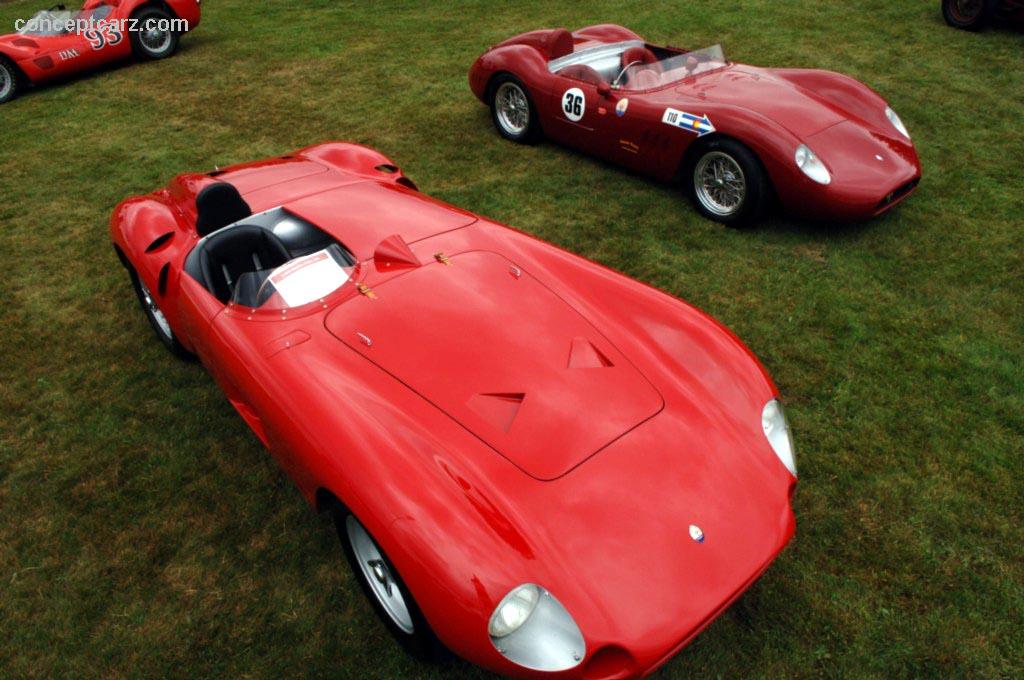
Roadster
Chassis #: 3062
by Daniel Vaughan | Feb 2020
Related Reading : Maserati 300S History
In 1953, the FIA started a World Sportscar Championship, similar to the Grand Prix and Formula 1 World Championship which began in 1950. The series featured many of the historic and prestigious races that were known through Grand Prix and Formula 1 racing like LeMans and the Mille Miglia. Maserati decided to enter the series but had little experience with large displacement engines their largest....
Continue Reading >>
Continue Reading >>
Similar Automakers
Similarly Sized Vehicles
from 1956
1956 Maserati 300S Vehicle Profiles
Recent Vehicle Additions
Related Automotive News

1956 24 Hours of Le Mans: Collins and Moss Come Close
The 1955 24 Hours of Le Mans would be forever remembered, not for the 24 hours of racing, but for the tragic and terrible events that would take place after just two. The consequences would be dire and would send shockwaves throughout the racing world....
1956 Argentine Grand Prix: Least in the Kingdom is Greater
Speaking of the power of humility, the Bible says the least, within the context of the world, if they follow Gods commands, shall be greater than those considered great.
To say that Luigi Musso was the least within the kingdom of Scuderia Ferrari...
Luigi Musso: Talented, Tempting and Troubled
Following Alberto Ascaris back-to-back titles in 1952 and 1953 there have been no Italian Formula One World Champions. While there has been a great amount of hope throughout the years, Italians have been left without a World Champion. Perhaps, it could...
1956 Sebring 12 Hours: Musso Impresses on American Soil
Having more than proven himself within the 2.0-liter category with the factory Maserati team, Luigi Musso makes the short trip west from Modena to Maranello to drive for Ferrari. This would be a big step up in performance, for car and driver. Here Mussos...

1954 24 Hours of Le Mans: A French Bull Runs to Victory at Le Mans
Everything needs to be right amongst drivers competing for victory in the 24 Hours of Le Mans. Not only do they need to share the car over the course of a whole day but their driving styles must compliment each other. In the case of the 1954 24 Hours...

1957 Italian Grand Prix: A True Nobleman Stands Amongst Two of F1's Most Noble
The sea of spectators overwhelming the circuit would be a truly awe-inspiring sight to behold. The vast majority of this horde was there to celebrate the car adorned in red finishing in the top three. The cars driver, a true royal, would stand amongst...
































